

Thank you Eileen. So glad you enjoyed our blog.
Written by Ciaran Vipond on Aug 14, 2022 | 6 Comments
The tradition of a Tree of Life has its roots in several faiths and cultures around the world. The power of nature and the focus on a mystical tree as a teaching tool is something many civilizations share. There are Islamic, Christian, Jewish, Buddhist, Hindi, as well as Celtic interpretations of the Tree of Life.
Read on for a look at the history and meaning of the Celtic Tree of Life. We’ll look at ancient Celtic symbolism, the role of fairy folklore in preserving the Tree of Life as we know it today, as well as how you can incorporate this meaningful symbol into your life.
This isn't such an easy question to answer. The ancient Celts were a collection of tribes and communities found scattered across western and Northern Europe in the time of the Romans. A modern Celtic identity survives in the 6 Pan-Celtic Nations of Ireland, Scotland, Wales, Cornwall (a region of England), Brittany (a region of France), and the Isle of Man.
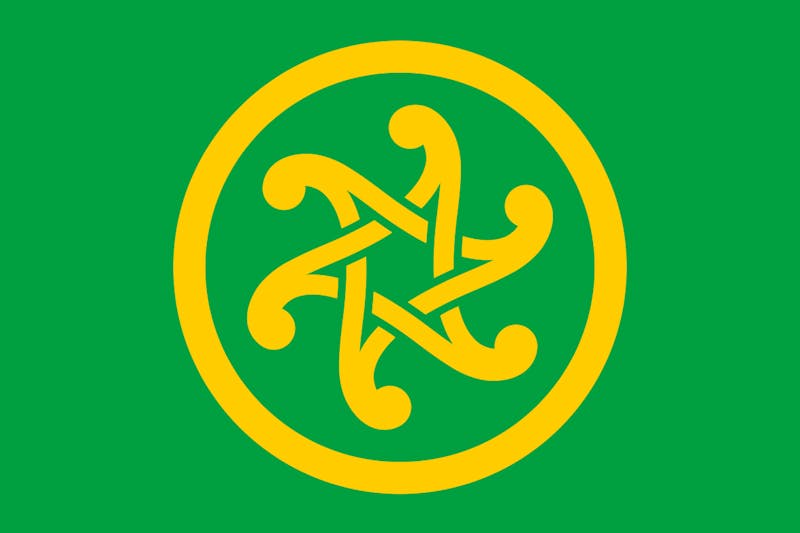
The early Irish believed that the Tree of Life was found in the direct centre of Ireland, known as “Uisneach” in County Westmeath.
There are several references to the power of trees in Celtic life and mythology. Some of these clues can be found in the language. It is believed that the word for “door” derives from the Irish word for “oak”, which is “dair”.
Ogham, or the ancient Irish “tree” alphabet, is the oldest written Irish language. To this day there are around four hundred remaining examples of ancient Ogham stones, and around three-hundred and sixty of them are found here in Ireland.
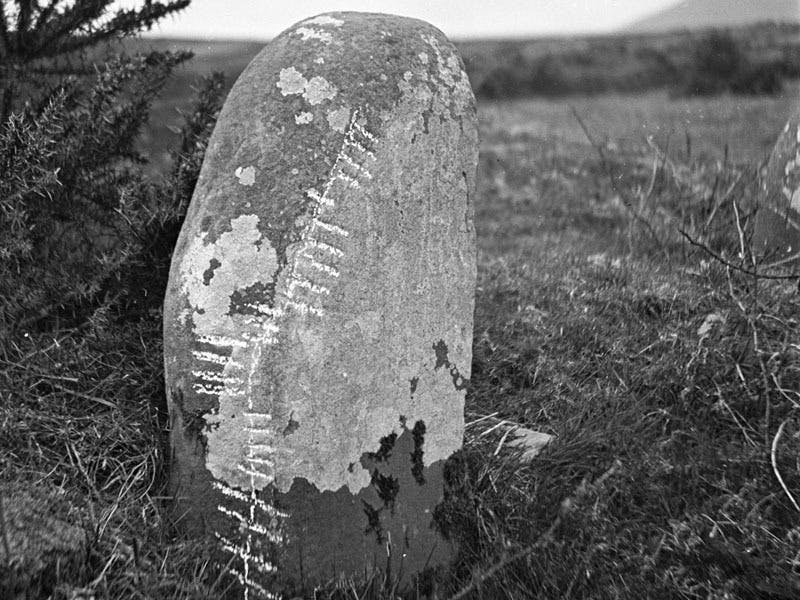
Other examples of Irish reverence for nature can be found in how trees have been portrayed in art and literature. Irish Poet and Celtic Revivalist W.B. Yeats believed that the Hazel tree was a direct descendant of the original Celtic Tree of Life. This invests great meaning in his poem “The Song of Wandering Aengus”:
“I went out to the hazel wood,
Because a fire was in my head,
And cut and peeled a hazel wand,
And hooked a berry to a thread”

Scholars believe that ceremonies for the Celtic god Lugh, the father of Irish hero Cú Chulainn, were celebrated outdoors, likely using a central tree as a gathering point. The mythology goes that Lugh famously had a “bloodthirsty spear” for defending his land which would have been fashioned from, you guessed it, wood.
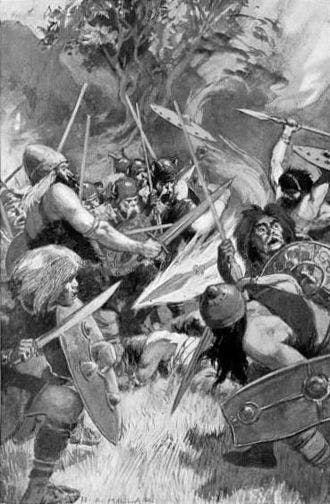
Within Celtic tribes, there were a variety of different religious and political ceremonies. While little record remains of the ancient Celts, historians can tell some details of their story from the relics and art they left for us.
The ancient Celts believed that empty space on a piece of ceremonial Celtic jewellery, weaponry, or drinkware allowed for evil to enter the sacred artefact. This belief led to the development of intricate knotwork, swirling designs, and patterns featuring figures from nature and animals. One of the designs the early artists used to decorate sacred vessels was the Celtic Tree of Life.
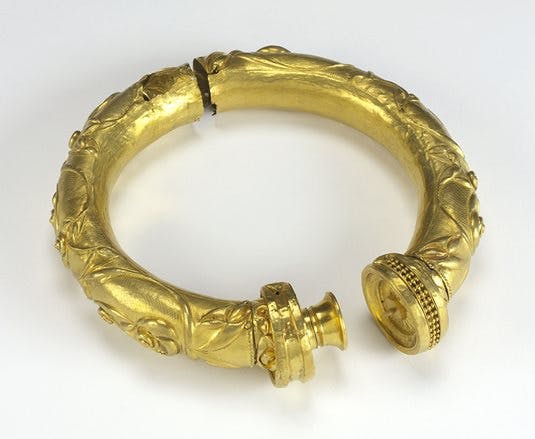
Because the ancient Celts were so spiritual it is helpful to think of the Tree of Life within the context of Celtic society. Trees provided much for the ancient Celts including shelter, building materials, and food. Historians believe that Celtic tribes would have had a central tree in their communities where political and spiritual ceremonies were held. The ancient Celts deeply revered nature and believed that trees were portals to the spirit world. The roots of a tree were thought to represent the mortal realm and the branches represented the heavens. The ceremonial wands and staffs which ancient Celtic Druids used would have been made from an ash tree. This lent Ash trees the symbolic power of the Druid representing rebirth, protection, wisdom, knowledge -- all the things which we attribute to a Celtic Tree of Life today.
So far we’ve introduced the history of the Celts and their worship of nature. We’ve learned that trees provided much for Celtic tribes but how did an ancient belief from many centuries ago survive? That may be where the fairies come in …
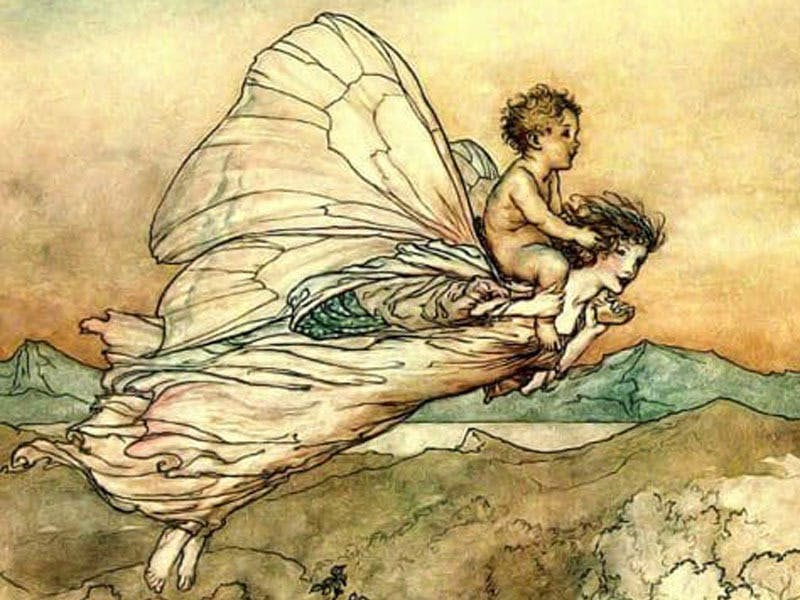
Fairy folk are very prevalent in Irish mythology and legend. Tales about fairy folk worked in much the same way for Celtic tribes that storytelling did for early Native Americans in North America. Myths and legends evolved to explain many of the phenomena which were unexplained at the time. Fairies were used to explain sudden illness, death, or disappearance. It was believed that Fairies made their homes near to or under sacred trees.
Irish legends have tales of sacred trees being able to confer blessings on people in need. Even today, on a drive through the Irish countryside you might see a "fairy" tree adorned with ribbons, medals, and messages from people looking for various blessings. This is how the Celtic Tree of Life has lasted for Centuries in art and literature.
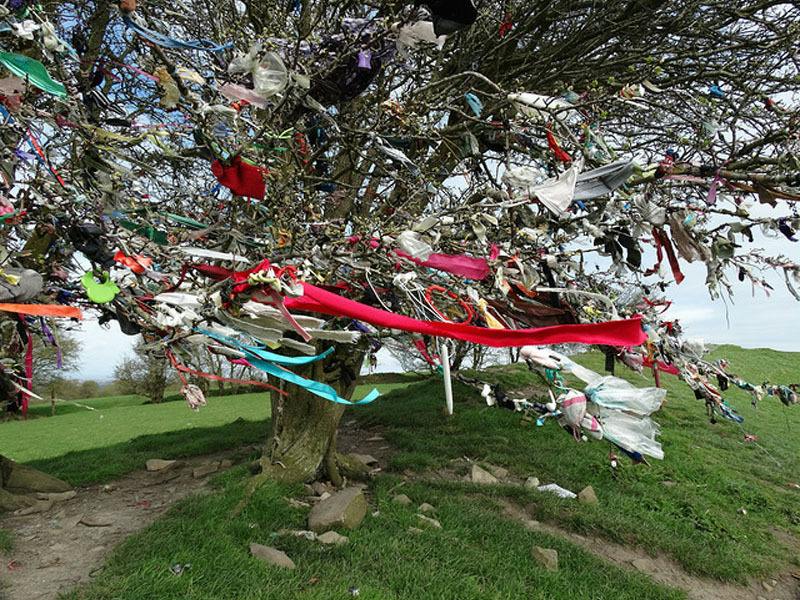
While we at My Irish Jeweler believe that a Tree of Life can truly represent several qualities and feelings, the traditional meaning for a Celtic Tree of Life is Knowledge, Love, Health, and Prosperity. We have also seen Celtic Tree of Life pieces from our workshop gifted for symbolic reasons such as strength, courage, and romantic or platonic love.
A different style to suit each person that wants to wear her Irish heritage with pride.
Have a question or something you're not entirely sure about when browsing our pieces? Please reach out. You can send us a note or give us a call—the Dublin workshop is here to make sure that you have a perfect experience from start to finish with My Irish Jeweler.
Follow us on Facebook and Instagram, to see what's new and upcoming. Join our Email list for early offers and special features.

Ciaran Vipond
My Irish Jeweler
Born in Co. Antrim and reared in Dublin, I was fascinated with Gaelic culture from an early age. I suppose it's not surprising given my mother inherited a grá for the Irish language from my grandfather, an Irish school headmaster. And that grá continues! My brother and sister are now Gaelic teachers here in Ireland, my niece is an award winning Irish dancer, and I proudly work to share Irish culture through our Irish and Celtic Jewelry at My Irish Jeweler!
I love researching and reading about the history of Irish design. It's at the core of what we do here at My Irish Jeweler. I find much of it so interesting that I have to share what I find. I hope you enjoy it!


Thank you Eileen. So glad you enjoyed our blog.

A lovely symbol of the cycle of life.

We 100% agree Leslie!

I love the celtic folklore you share and I love how you weave our heritage into your jewelry. Thank you for sharing!

You are very welcome Dawn. Thank you for your lovely feedback.

Fantastic information ! Great writing! Thank you from
eileen frances brigid meehan